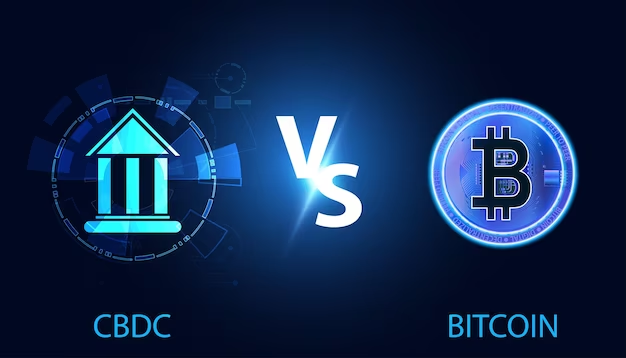Introduction
In the ever-evolving landscape of blockchain technology, Ethereum has emerged as a key player, significantly influencing the tech ecosystem. Its growth over the years has been monumental, not just in terms of its cryptocurrency value, but more importantly, in how it has paved the way for decentralized applications (dApps) and smart contracts. This article delves into Ethereum’s journey, its contributions to the tech ecosystem, and the implications of its growth for the future.
Expectations Surrounding Ethereum and Its Potential in 2024
The Genesis of Ethereum
Ethereum was proposed in late 2013 by programmer Vitalik Buterin, with development commencing in early 2014 and its network going live on July 30, 2015. Unlike Bitcoin, which was designed primarily as a digital currency, Ethereum was conceived as a platform to facilitate immutable, programmatic contracts, and applications via its own currency, Ether. This fundamental difference has allowed Ethereum to carve its unique niche in the blockchain world.
The Genesis of Ethereum - A Revolution in Blockchain Technology
Ethereum’s Technological Innovations
The introduction of smart contracts on Ethereum’s blockchain represented a significant leap forward in the use of blockchain technology. Smart contracts are self-executing contracts with the terms of the agreement directly written into lines of code. They automatically enforce and execute the terms of a contract when predetermined conditions are met, removing the need for intermediaries and reducing the potential for fraud.
Ethereum also introduced the concept of decentralized applications (dApps). These applications operate on the Ethereum blockchain, leveraging its technology to offer users services that are entirely decentralized. This innovation has led to the creation of a wide range of applications across various industries, including finance (DeFi), gaming, and non-fungible tokens (NFTs), significantly diversifying the blockchain use cases.
Top 10 Ethereum Blockchain Innovations
The Rise of Decentralized Finance (DeFi)
One of the most profound impacts of Ethereum has been the emergence and growth of decentralized finance (DeFi). By leveraging Ethereum’s smart contracts, developers have created a plethora of financial services that operate without central authorities, such as banks or governing bodies. These services include lending, borrowing, and earning interest in a decentralized manner, representing a paradigm shift in the way people interact with financial systems.
The Rise of Decentralized Finance (DeFi): Exploring the Future of Financial Systems
Ethereum and the Surge of NFTs
Non-fungible tokens (NFTs) have become a cultural and economic phenomenon, with Ethereum at the heart of this surge. NFTs are digital assets that represent real-world objects like art, music, in-game items, and videos. They are bought, sold, and traded online, typically with cryptocurrency. Ethereum’s blockchain supports these NFTs, providing a platform for the secure and transparent ownership and exchange of digital assets.
Ethereum NFTs Surge By a 99% Increase: EtherRock and BAYC Dominate Sales

Challenges and the Path Forward
Despite its success, Ethereum faces challenges, including scalability issues, high gas fees, and environmental concerns due to its energy-intensive proof-of-work (PoW) consensus mechanism. However, the upcoming transition to Ethereum 2.0, which will adopt a proof-of-stake (PoS) consensus, promises to address these issues by reducing energy consumption and improving transaction speed and scalability.
The Road Ahead for Ethereum: Challenges and Opportunities
The Impact on the Tech Ecosystem
Ethereum’s growth has had a profound impact on the tech ecosystem. It has not only accelerated the adoption of blockchain technology across different sectors but has also encouraged innovation, leading to the development of new business models and applications that were previously inconceivable. As Ethereum continues to evolve, its influence on the tech ecosystem is expected to grow, further shaping the future of decentralized technology.
Conclusion
The growth of Ethereum represents a pivotal chapter in the history of blockchain technology. Its innovations have not only enriched the tech ecosystem but have also provided a glimpse into a decentralized future. As Ethereum continues to address its challenges and evolve, its impact on technology and society at large is poised to expand, marking an exciting journey ahead for blockchain technology.




















